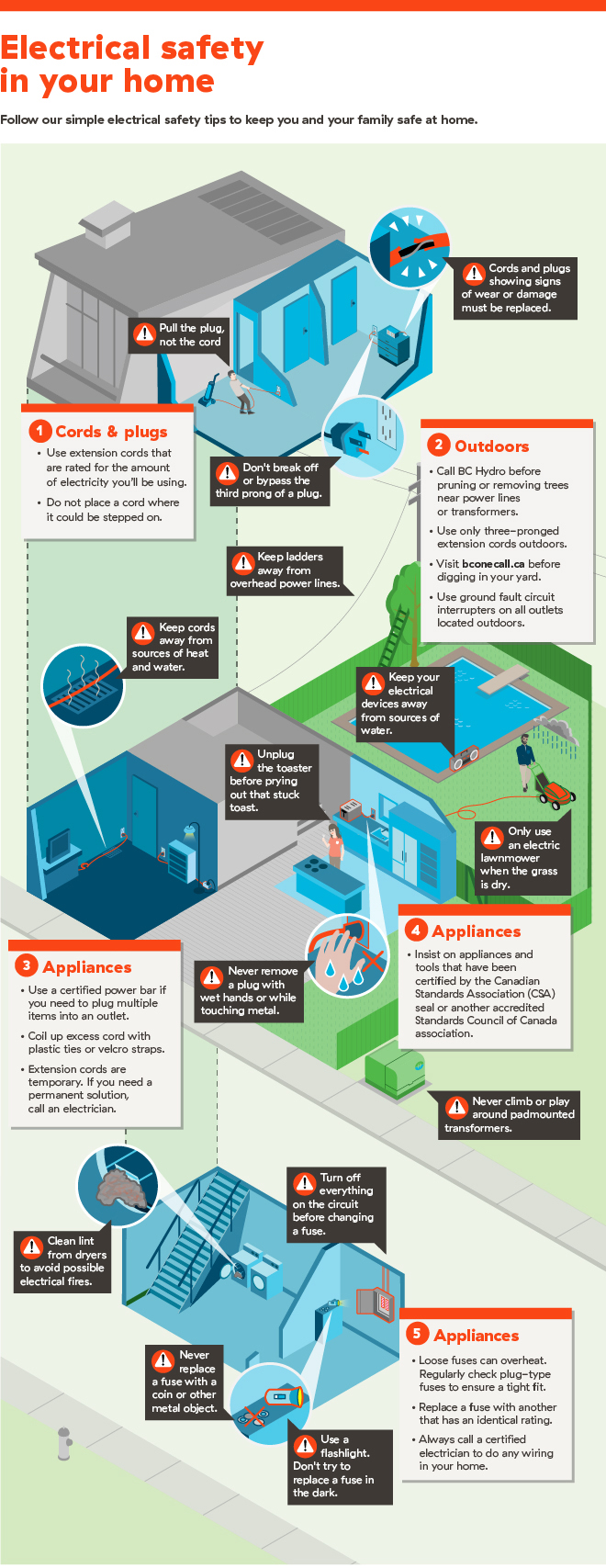Indication For Tree Removal: How To Spot Hazardous Trees
Indication For Tree Removal: How To Spot Hazardous Trees
Blog Article
Tree Stump Remover -Reid Cormier
When it pertains to tree treatment, acknowledging the signs that it's time for elimination is vital for your security and property. You could discover blemished leaves, wilting branches, or odd fungal growths indicating illness. Architectural issues, like a considerable lean or splits in the trunk, can likewise position dangers. Recognizing these indication can help you make educated choices about your trees and protect against possible risks prowling in your lawn. What should you seek next?
Signs of Degeneration and Condition
When you see signs of decay and disease in your trees, it's crucial to act rapidly. https://martinrlfzt.creacionblog.com/35069151/in-the-middle-of-the-elegance-of-your-landscape-hidden-risks-like-tree-stumps-are-present-discover-essential-methods-for-their-removal-and-transform-your-backyard-today stained fallen leaves, wilting branches, or uncommon growths like fungi. These can show that your tree is having a hard time.
If you see fractures in the bark or soft, mushy timber, these signs suggest interior degeneration. Additionally, an unexpected rise in parasites around your tree can indicate that it's damaged and vulnerable.
Check for any dead or dying arm or legs, as they pose a threat to your building and safety. If you doubt about what you see, speaking with an arborist can give clearness.
Dealing with these signs early can save you from more substantial damages and guarantee the wellness of your lawn. Do not wait up until it's too late.
Structural Instability and Leaning
As you observe your trees, watch out for any type of indications of architectural instability or leaning. If a tree leans substantially, it might show that the root system is compromised.
Look for any cracks in the trunk or soil around the base; these can indicate potential failure. Furthermore, check for uncommon growth patterns, like an unbalanced crown, which might recommend that the tree is battling to hold itself upright.
If you discover that the tree leans toward your home, power lines, or other structures, it postures a greater threat. Do not neglect these indications-- seek advice from an arborist to examine the circumstance.
Taking action early can protect against expensive damage and guarantee your security.
Dead or Dying Branches and Foliage
If you notice dead or dying branches and vegetation on your tree, it's a clear indication that something's incorrect.
These undesirable areas can indicate underlying problems like condition, pest infestations, or ecological anxiety. When branches shed their leaves or transform brown, they're no longer contributing to the tree's health. Overlooking these indicators can cause further decline, making your tree extra harmful.
Dead branches can easily break off during tornados, posturing a threat to property and people close by. It's important to analyze the extent of the damages.
If the trouble affects a substantial part of the tree, take into consideration speaking with an expert. They can assist identify if removal is required to make certain safety and security and keep the elegance of your landscape.
Final thought
If you observe any indicators of degeneration, structural instability, or dead branches on your trees, don't ignore them. These indications can position major safety dangers to you and your home. It's always best to speak with a professional arborist who can give an expert assessment of your trees. Taking action early can prevent crashes and pricey damages, ensuring your landscape stays risk-free and healthy. Bear in mind, it's better to be aggressive regarding tree care than to await a disaster to happen.
